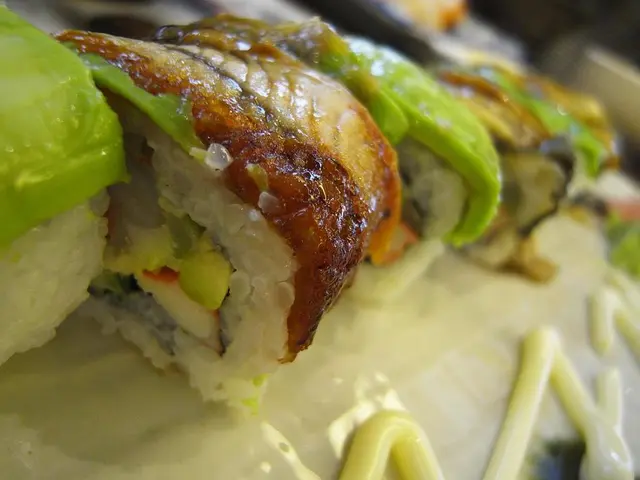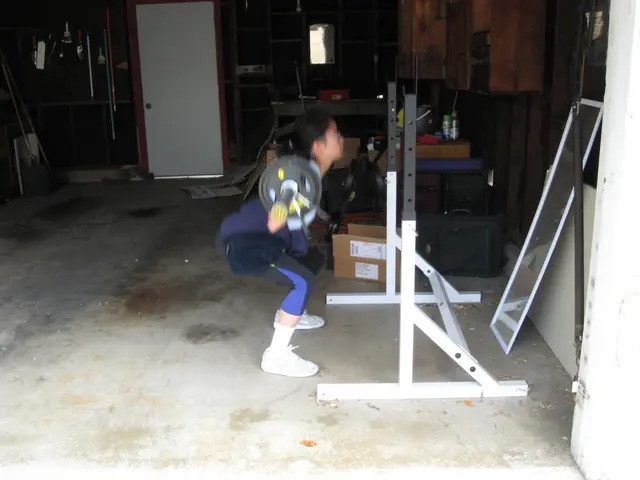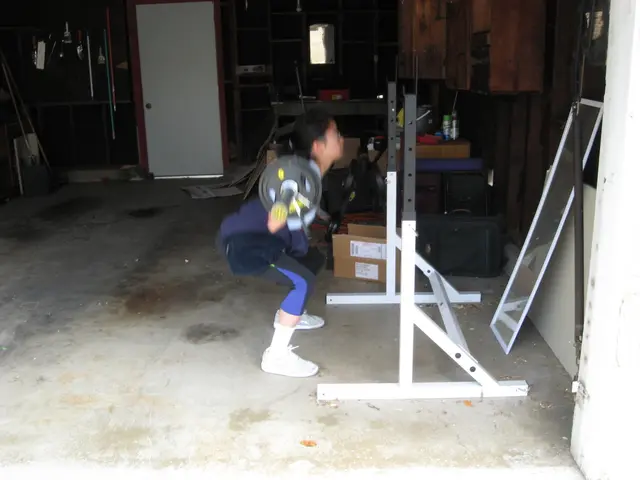Creative Suggestions for Packaging Innovations for Sunglasses and Other Challenging Retail Items
Sustainable Packaging Solutions for Retail Items: Embracing Pillow Boxes and More
In the world of retail packaging, finding the perfect balance between protection, presentation, and ease of shipping is crucial. For compact items with irregular shapes such as sunglasses, jewelry, gloves, and scarves, various packaging solutions are available.
One such solution is the pillow box, a lightweight, curved cardboard box that resembles a pillow. Its advantages are numerous:
- Aesthetic appeal: Pillow boxes boast a sleek, elegant look, enhancing product presentation, making them ideal for gifts or luxury items like jewelry and scarves.
- Compactness: The curved shape snugly holds smaller items without excessive empty space.
- Cost-effectiveness: Made from a single sheet of cardboard, pillow boxes are economical, with lower material and assembly costs.
- Ease of customization: Easy to print on and brand, pillow boxes can carry your brand's identity.
- Lightweight and easy to ship: Pillow boxes are a breeze to transport, adding little bulk.
However, they have their drawbacks:
- Limited structural rigidity: Pillow boxes offer less protection for fragile or sharp-edged items like sunglasses unless paired with internal cushioning.
- Size constraints: Fixed shapes may not fit oddly elongated or very bulky items perfectly, causing wasted space or deformation.
- Limited stackability: Curved design can make efficient stacking and palletizing challenging, increasing shipping space.
- Not ideal for heavy items: Due to their less sturdy construction, pillow boxes are not recommended for heavy items.
To mitigate these disadvantages, it's essential to combine pillow boxes with internal padding or inserts to protect delicate or oddly shaped products.
Our website's pillow boxes are locally produced, minimizing the carbon footprint generated from transportation. They are made from Kraft and White GC1 cardstock with a grammage range of 300 to 400gsm, ensuring durability. The cardstock used is a mix of FSC certified and recycled pulp, contributing to a more sustainable packaging solution.
Printing options for these pillow boxes include water-based or solvent-based ink, rather than petroleum-based inks, further reducing environmental impact. Pillow boxes can be custom-sized to fit specific products, making them versatile for various items.
For higher protection needs or larger irregular shapes, custom boxes with protective fillers or flexible packaging like gusseted bags may be preferable.
Cardboard tubes, commonly used in pillow boxes, are also a sustainable packaging option. Their sustainability depends on the type of lid chosen and the finishes selected. Kraft cardstock provides a minimalist and organic look, making it a popular choice for many brands.
In conclusion, pillow boxes offer a visually appealing, cost-effective packaging solution with some size limitations and less structural strength. They are best used with appropriate internal support for irregular retail items. By choosing sustainable materials and printing methods, retailers can reduce their environmental footprint while maintaining a high-quality packaging experience for their customers.
- Small orders of fashion-and-beauty products like jewelry and scarves can be packed in recyclable retail packaging such as pillow boxes, which offer a stylish presentation and are easy to customize with branding.
- Home-and-garden items like gardening tools or small potted plants can benefit from pillow boxes due to their lightweight construction and cost-effectiveness, making them easier to ship.
- To further the sustainability of lifestyle choices, consumers should opt for pillow boxes made with FSC certified and recycled pulp, minimizing the carbon footprint from transportation and using water-based or solvent-based ink instead of petroleum-based options.




